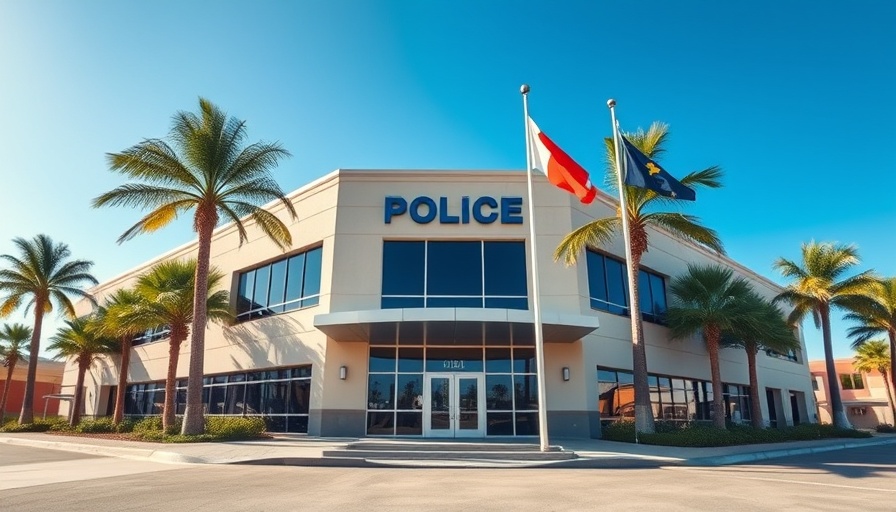
California Supreme Court's Decision Shapes Drone Footage Transparency
The California Supreme Court's recent decision to not review the case of Castañares v. Superior Court has resulted in significant implications for public access to drone footage. This case, initiated by journalist Arturo Castañares in 2021, called for the Chula Vista police department to release all drone footage from their innovative Drone-as-First-Responder (DFR) program. By declining to hear the case, the Supreme Court has upheld the Fourth District Court’s ruling that mandates police departments to evaluate drone footage requests on a case-by-case basis instead of issuing blanket denials.
Understanding the Legal Framework: A Closer Look
The legal framework created through the Castañares case provides clarity on how drone footage should be classified. The appellate court categorized footage into three categories: 1) Investigative footage exempt from disclosure, 2) Footage that may be exempt but not yet categorized as part of an investigative report, and 3) Non-investigative footage that should be readily available to the public. This classification addresses the key challenges law enforcement faces in balancing transparency with privacy and confidentiality concerns.
The City of Chula Vista's Concerns
Chula Vista officials expressed concern that the ruling could undermine the DFR program’s operational viability. They estimate that the manual review process required for transparency compliance on a month's worth of drone footage could take up to 229 full working days. This intense scrutiny is not merely a procedural hassle—officials assert that it may jeopardize emergency responsiveness and resource allocation necessary for maintaining public safety.
Broader Implications for Drone Applications in Public Safety
The implications of the court’s ruling extend beyond Chula Vista. The requirement for meticulous review and redaction may encourage police departments across the state—and possibly the nation—to rethink how they deploy and manage drone technology. As one of the pioneers in the use of drones for public safety, Chula Vista's approach may serve as a blueprint for other agencies considering similar programs. The necessity of fast and compliant data management systems is likely to drive technological innovation in this field.
Charting the Future: Challenges and Opportunities
The intersection of emerging drone technologies and existing public records laws introduces a new layer of challenges for law enforcement agencies. As usage expands, maintaining a balance between effective emergency response and public transparency will become increasingly critical. Concurrently, the push for streamlined classification and redaction solutions presents opportunities for tech developers to create sophisticated tools that can handle large volumes of video data efficiently.
Conclusion: Navigating the Path Ahead
As drone technology continues to evolve, the challenge of integrating it within established legal frameworks will only become more pronounced. The Castañares case highlights the need for ongoing discussions about privacy, transparency, and the role of technology in public safety. Policymakers, innovators, and the public must remain engaged in these dialogues to shape a future where technology serves as a tool for both enhancement and accountability in our communities.
For more information on how drones are reshaping public safety, its implications, and insights from industry leaders, stay connected as we explore these developments together.
 Add Row
Add Row  Add
Add 




Write A Comment